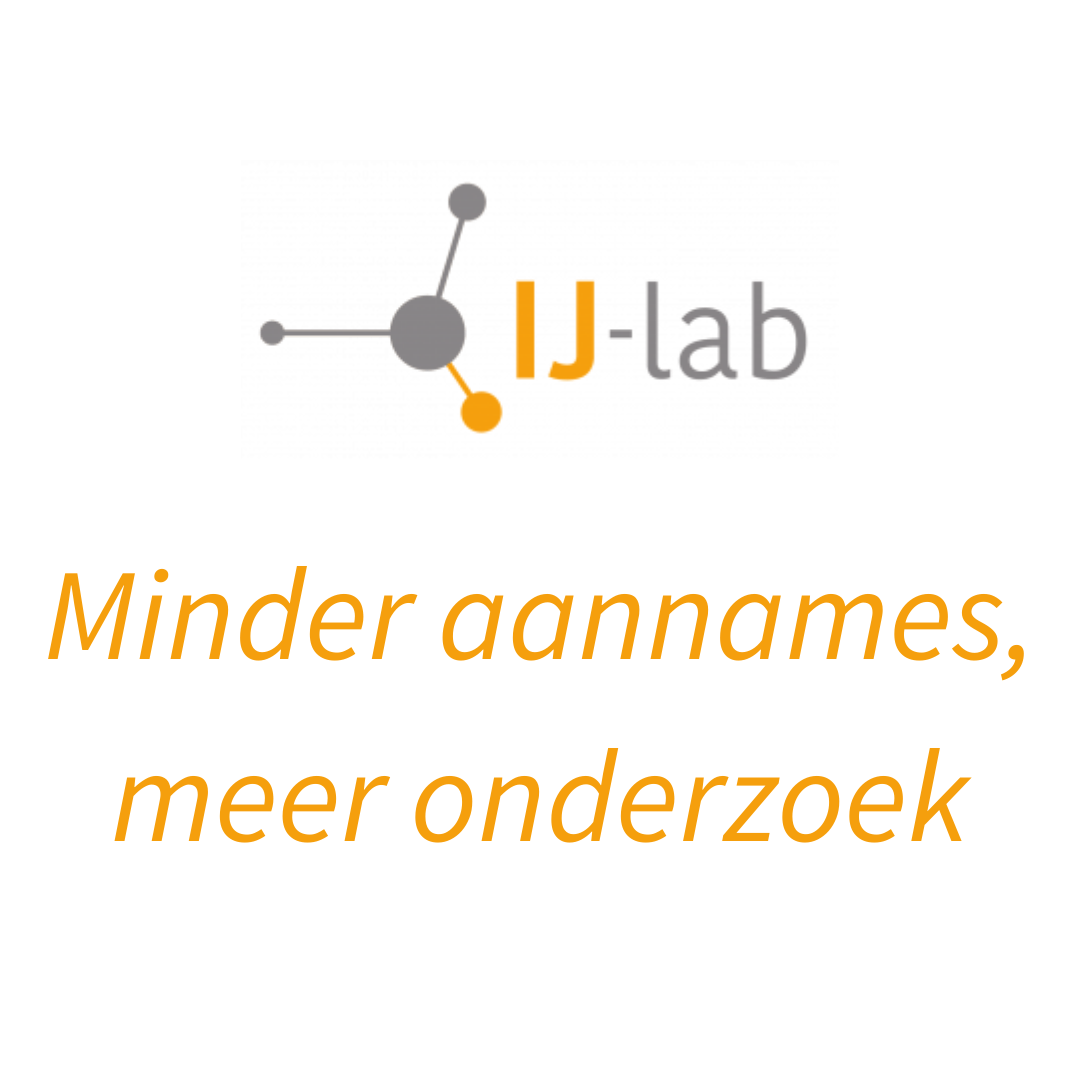Ontdek IJ-lab
De onderzoekstak van Gezondeboel en Therapieland
IJ-lab is de onderzoekstak van Gezondeboel en Therapieland. In samenwerking met universiteiten en kennisinstellingen vertaalt IJ-lab wetenschappelijke inzichten naar praktische digitale toepassingen voor cliënten en zorgprofessionals. Met als einddoel om te onderzoeken hoe e-Health zoveel mogelijk mensen geholpen kan laten voelen.

Bekijk ons onderzoek

Tevredenheidsonderzoek 2023
In dit onderzoek lees je hoe professionals in zorg en welzijn het platform en de diensten van Gezondeboel in 2023 hebben ervaren.
Lees meer
Top 10 succesindicatoren e-Health
Belanghebbenden over de uitkomstindicatoren en randvoorwaarden voor het succesvol gebruik van e-Health
Lees meer
Zelfhulp versus blended care
In dit onderzoek gaan we dieper in op de effectiviteit van zowel zelfhulp als blended care.
Lees meer
Factoren van invloed op engagement – 1
Gesprek met e-Health gebruikers die laag en hoog scoren op de engagement vragenlijst.
Lees meer
Factoren van invloed op engagement – 2
Dit onderzoek evalueert de validiteit van een engagement vragenlijst voor professionals.
Lees meer
Effectiviteit van het programma ‘Alcohol onder controle’
We hebben de effectiviteit van dit programma onderzocht bij 455 mensen.
Lees meer
Effectiviteit van het programma ‘Somberheid’
We hebben de effectiviteit van dit programma onderzocht bij 636 mensen.
Lees meer
Effectiviteit van het programma ‘Rouw’
We hebben de effectiviteit van dit programma onderzocht bij 636 mensen.
Lees meer
Effectiviteit van het programma ‘Stressles’
We hebben de effectiviteit van dit programma onderzocht bij 792 mensen.
Lees meer
Engagement en afname klachten
Onderzoek naar de rol van engagement bij drie verschillende Gezondeboel programma’s.
Lees meer
Effectiviteit van het programma ‘Sociale angst’
We hebben de effectiviteit van dit programma onderzocht bij 367 mensen.
Lees meer
Effectiviteit van ‘Zelfcompassie’
We hebben de effectiviteit van dit programma onderzocht bij 277 mensen.
Lees meerLeer ons team kennen
In samenwerking met universiteiten, hogescholen en kennisinstellingen voeren
wij onderzoeken uit en brengen we de gegenereerde kennis direct in de praktijk

Matthijs Spruijt
Researcher

Suzanne Martens
Data Scientist

Maaike Meurs
Researcher

Ellen Valk
Business Intelligence Specialist
Onderzoekspartners
Samenwerken?
We vinden het belangrijk om hetzelfde doel na te streven, kennis te delen en gebruik te maken van elkaars netwerk om zo het draagvlak van het onderzoek te verbreden. Benieuwd hoe we met jou kunnen samenwerken?




